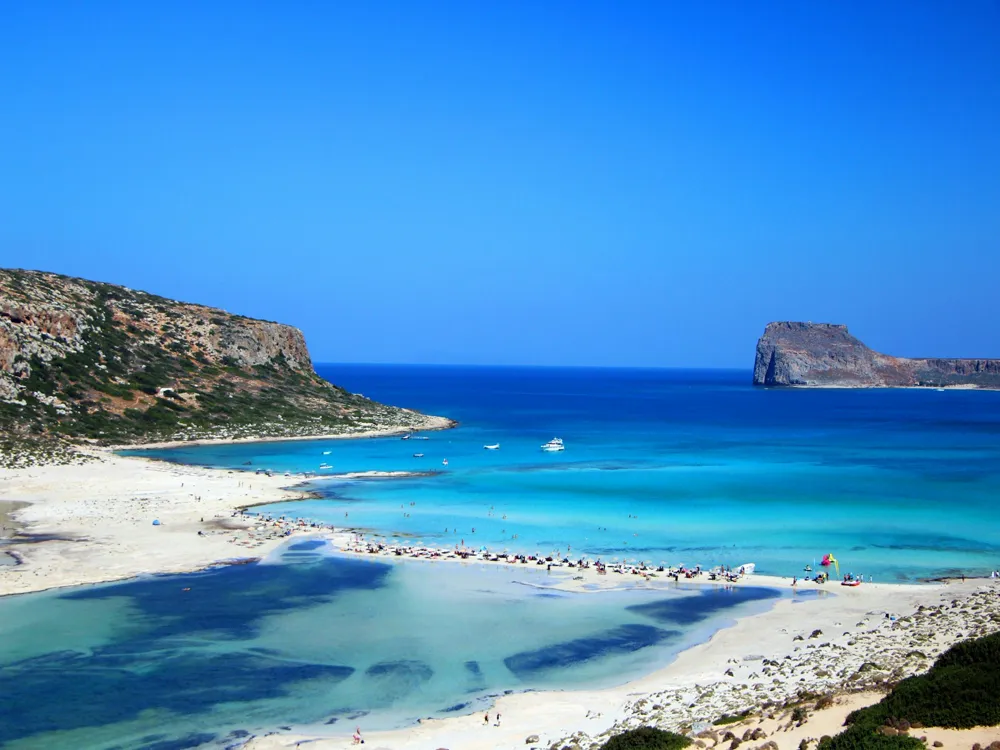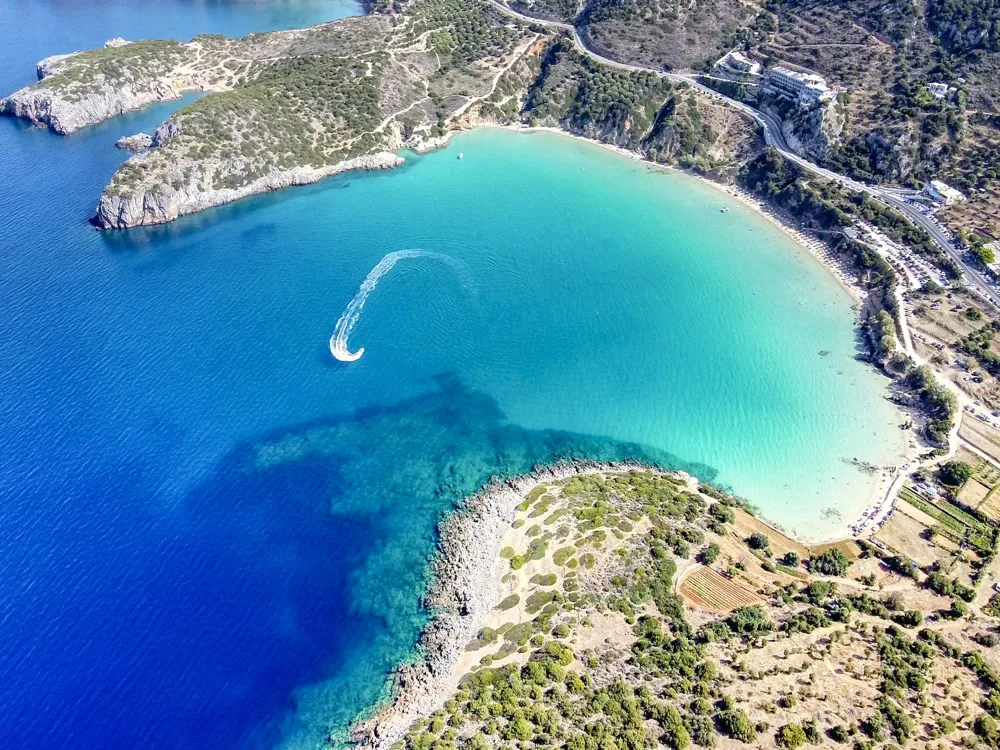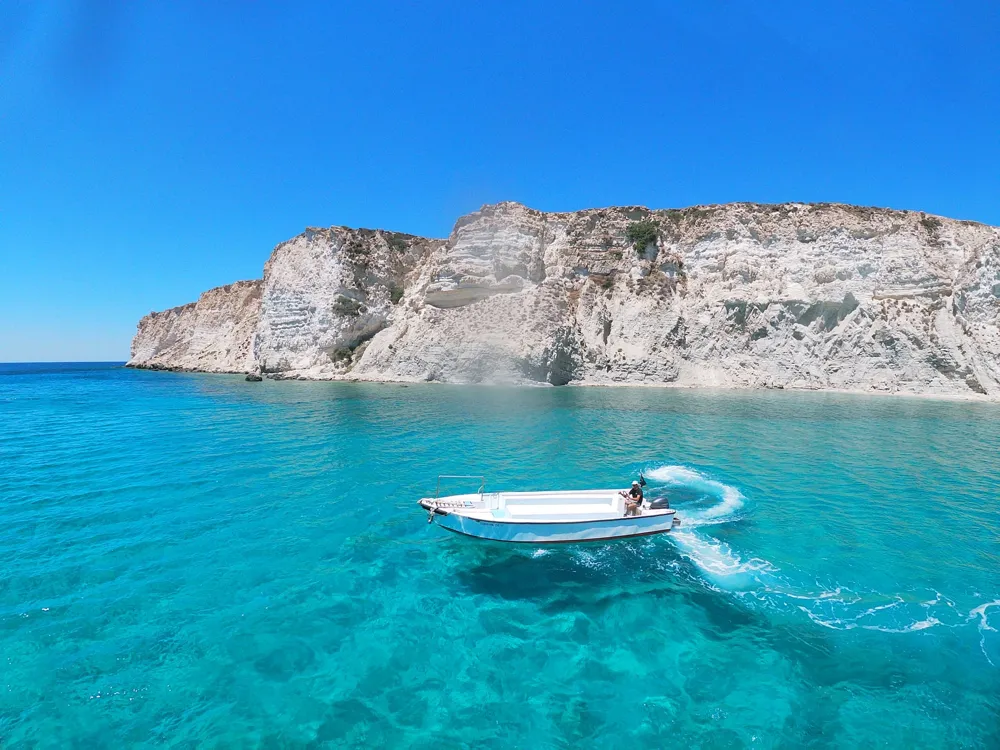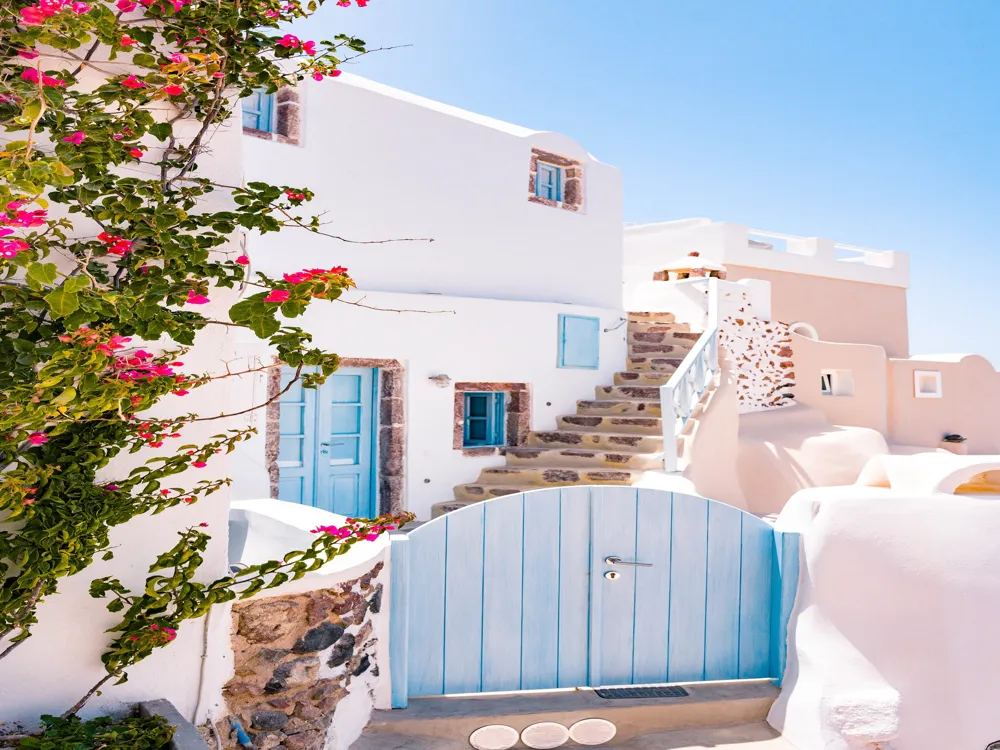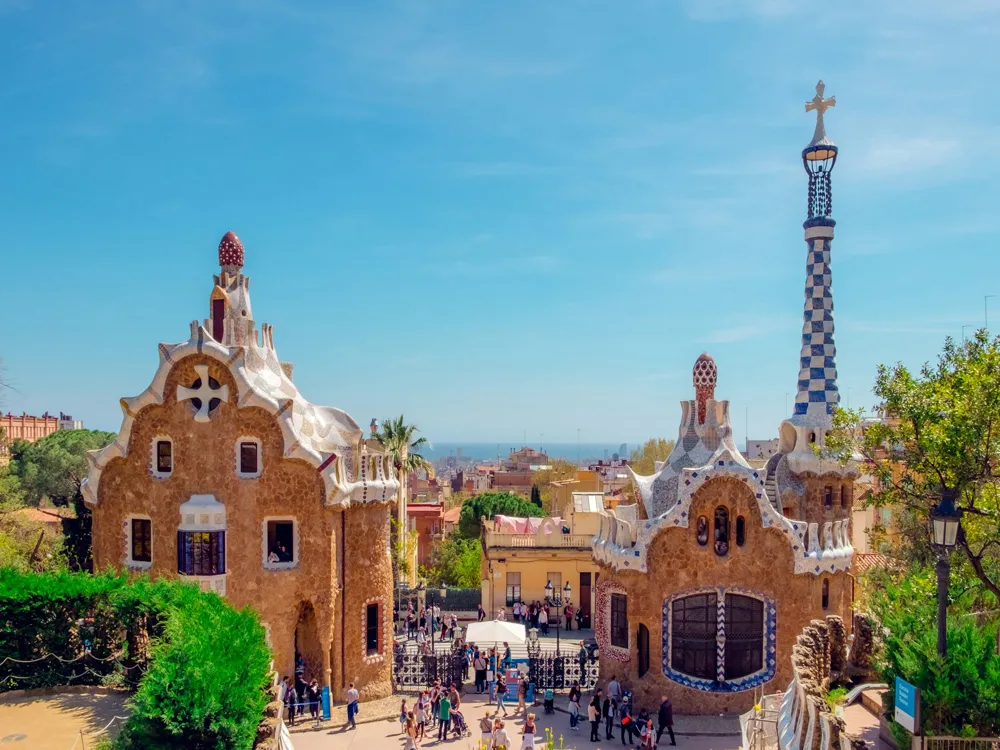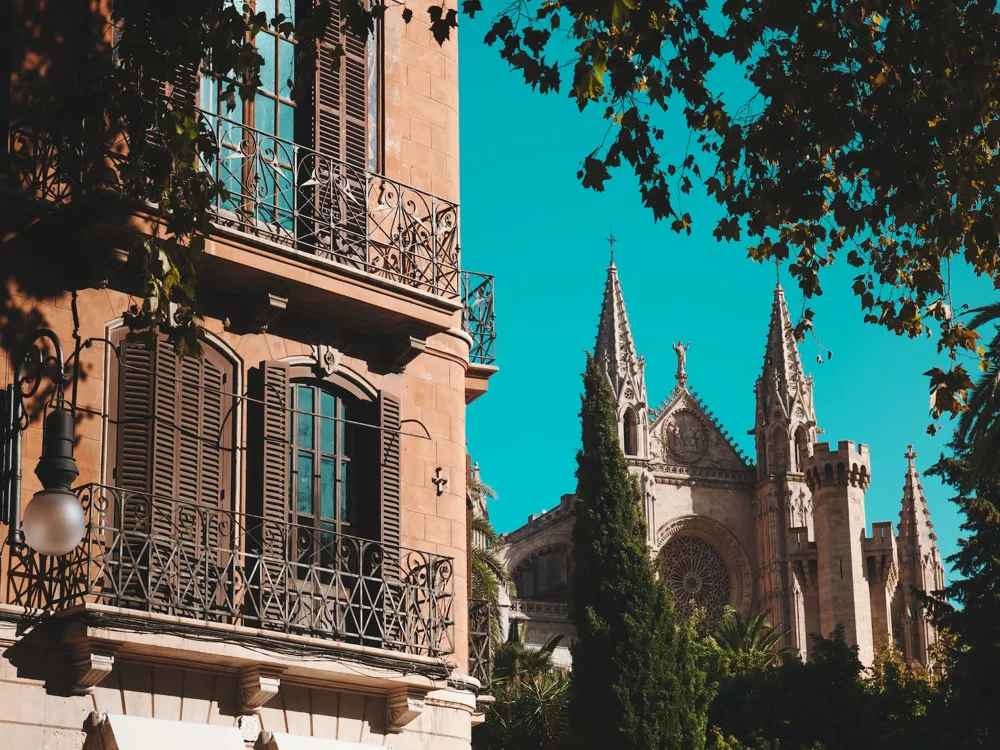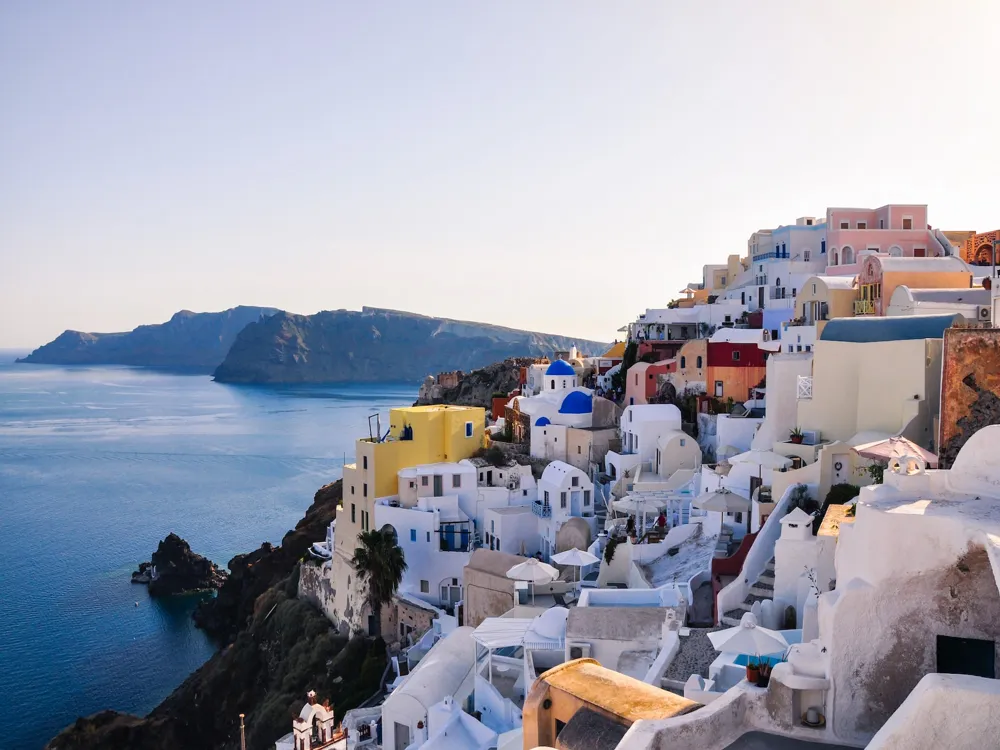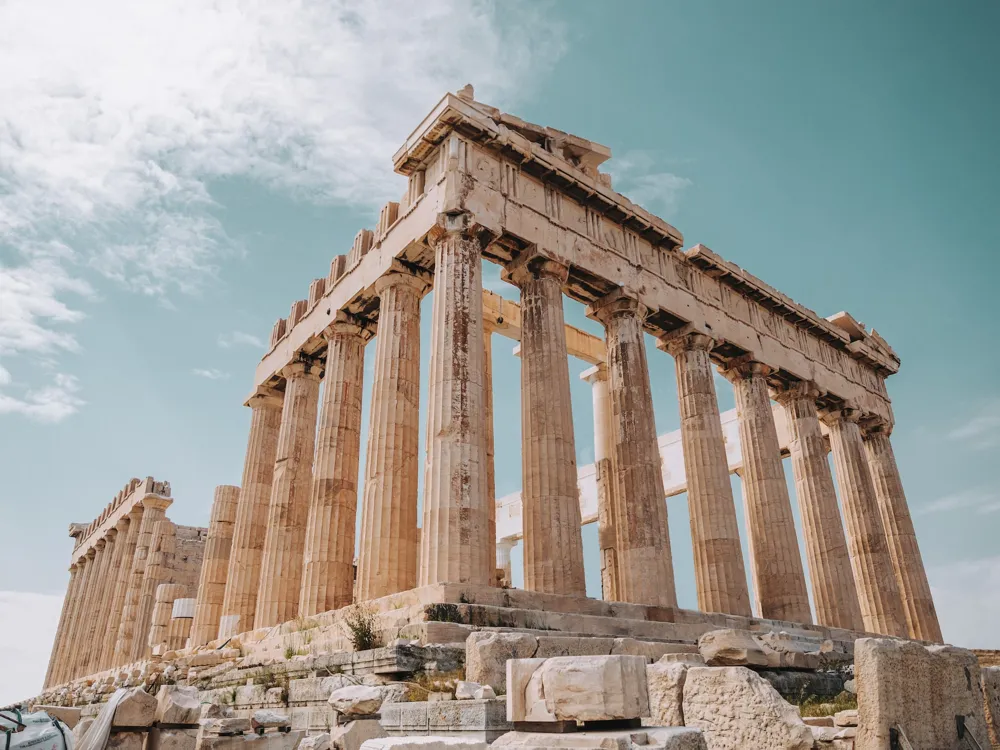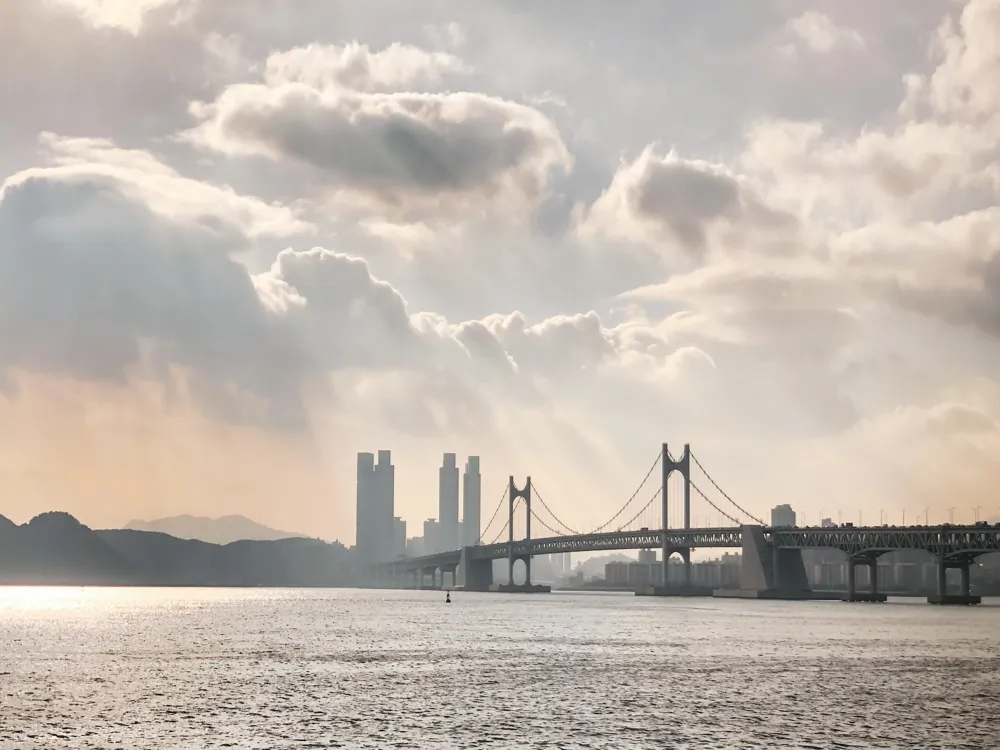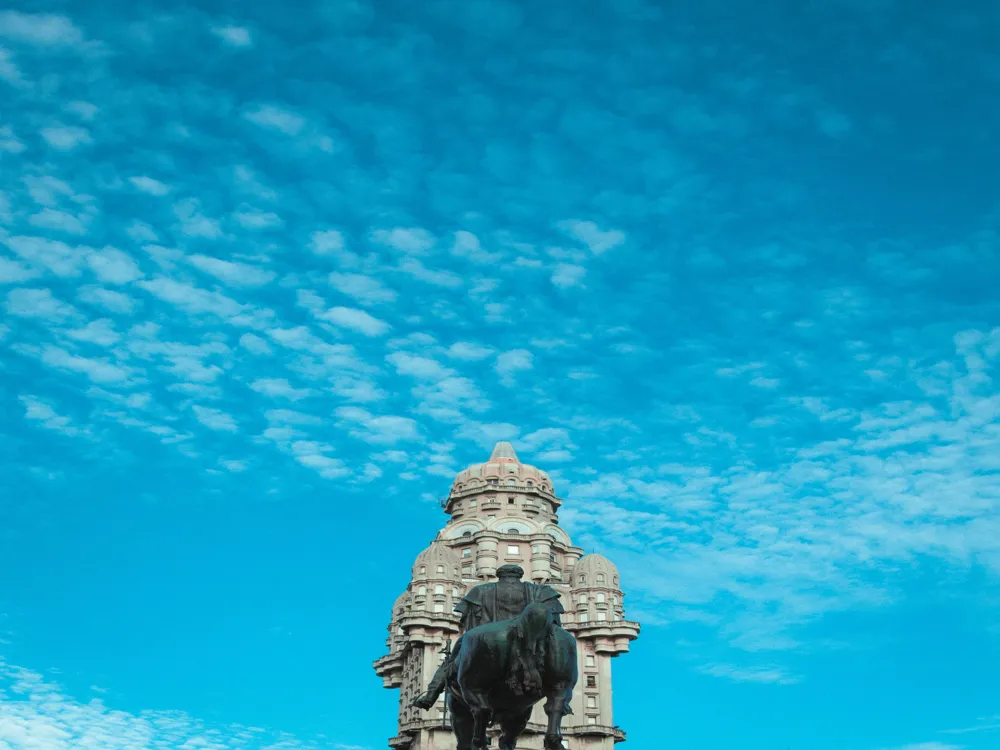Plan Your Travel To Crete
Places To Visit In Crete
Archeological Museum of Chania
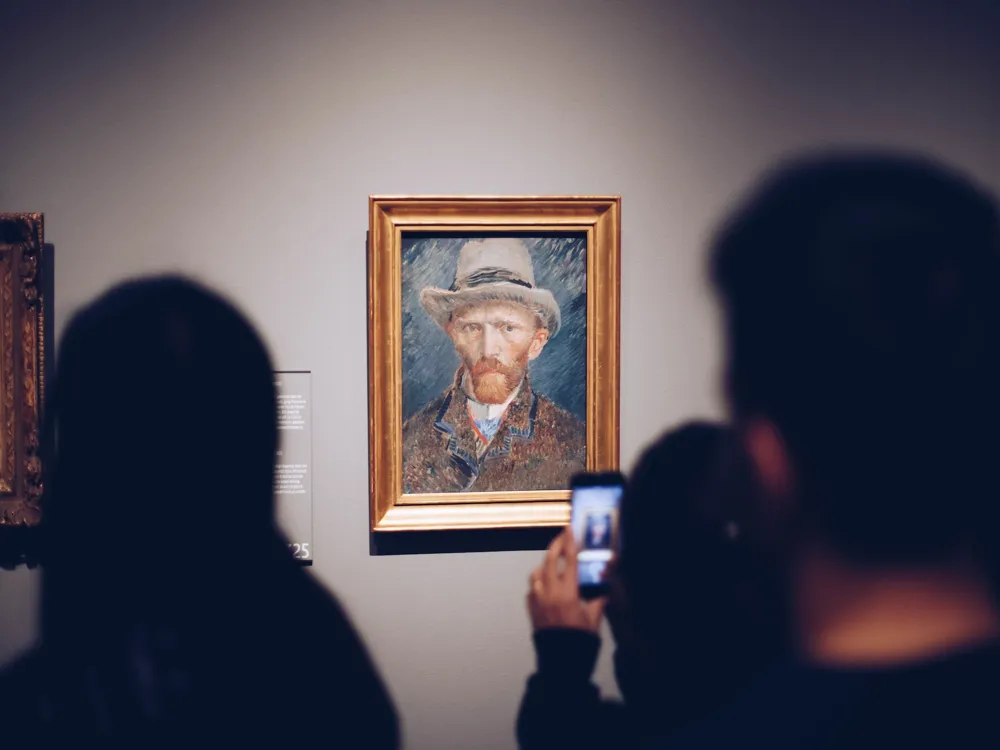
Since 1963 the Archeological Museum of Chania has been housed, temporarily, in the Venetian church of St Francis which once belonged to the Franciscan monks, an important monument of the city. The displays contain items starting from Neolithic times, continuing with various Minoan objects, ending with the Byzantine period.
The museum provides important information about daily lifestyles of Cretan History, their rituals, and traditions. The display contains carved stones, pottery objects, gold jewellery, coins, metalworks, and sculptures. There also exists mosaic floors from Roman times. Opposite the Museum, you can hardly miss noticing the only remains of a Turkish Hamam.
Read More
Balos Beach and Lagoon
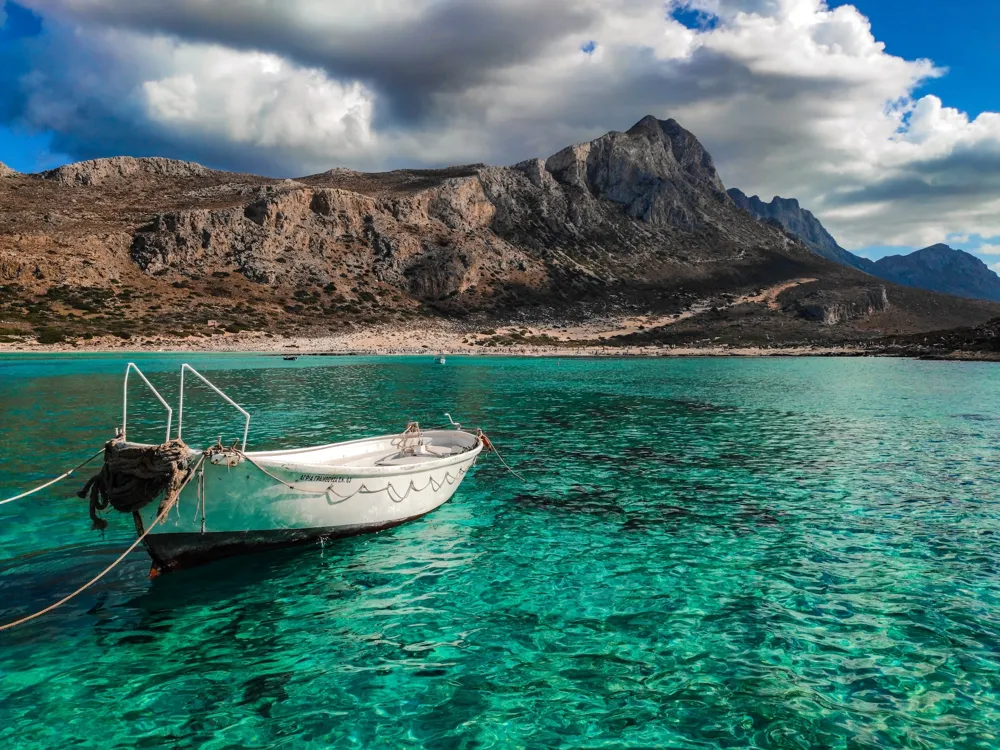
Balos is an exotic beach and lagoon situated about 50 km from Chania. The beach at the lagoon comprises pinkish-white sand and thousands of broken and intact seashells, with shallow water. It is popular for snorkelling, camping and swimming.
The beach is muddy, which may make walking on it difficult. There are no other facilities apart from a small cafe.
Chania Venetian Lighthouse
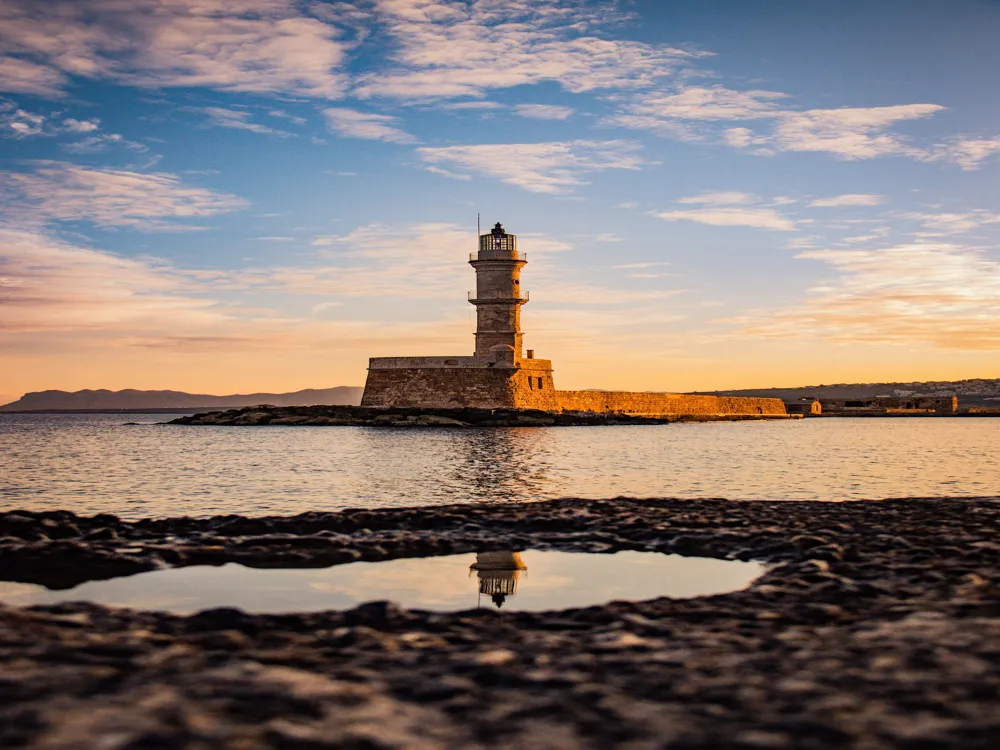
The lighthouse of Chania is located at the entrance of the port and is considered to be the symbol of Chania.
The area around the lighthouse is a busy place during the day and turns into a romantic location during nights. The lighthouse no longer works but it is still one of the top attractions of Chania for its magnificent architecture and historical interest. During the night, the lighthouse shines in the dark and it makes for a truly kaleidoscopic vignette. Visitors can walk along the walls but it is not allowed to enter its interiors.
Read More
Chrissi Island
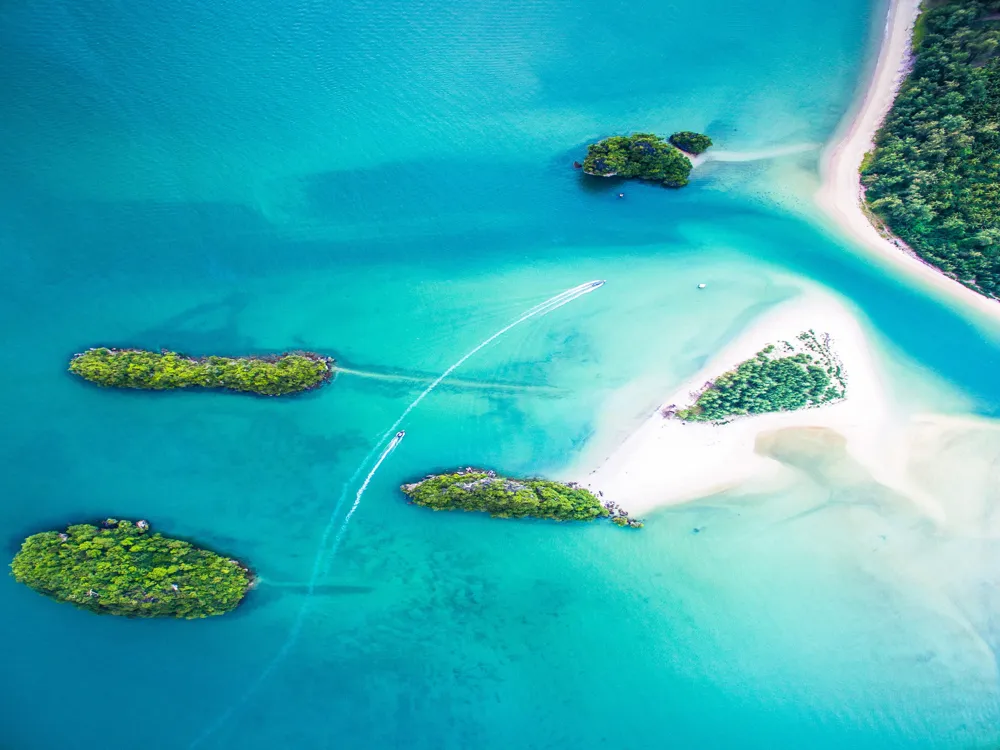
Chrissi is among the few left uninhabited islands of Greece. Lying 8 miles away from Lerapatra, it is almost flat with colourful volcanic rocks covered in gold sand and purple shells. The island is about 5 km long and has a hill known as "Kefala", from where one can have an impressive view of the Libanon Cedar forest, probably the last in Europe.
On the west part of the island, one can see the old chapel of Agios Nikolaos. The water around the island is not deep. The island can be visited from Kerapatra. There is a nudist beach on the north coast of island.
Read More
Elafonissi Beach
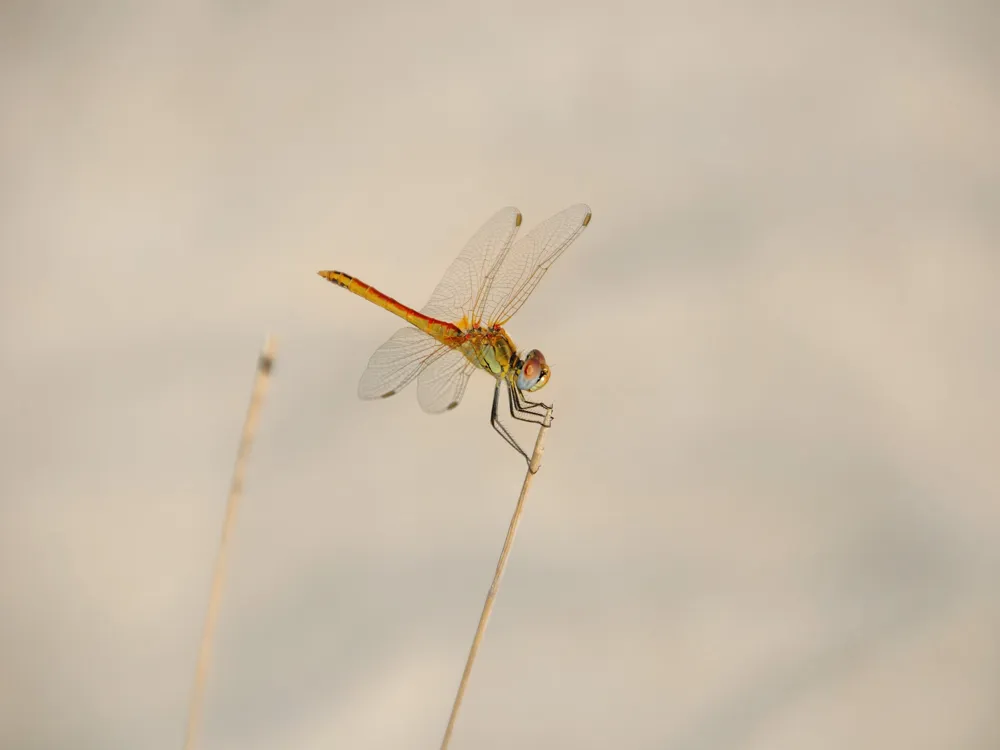
One of the most beautiful beaches on the island, Elafonisi, is a must-visit in Crete. Hundreds of tourists come here to enjoy the area's crystal-clear waters, pink beaches, and unique landscapes each year. You may rent sunbeds and umbrellas from the beach for a reasonable price or bring your umbrellas and mats. Elafonisi's western side faces the lagoon because of its position, and this region is typically more breezy and crowded.
Please remember that there are barely any trees on the beach, and the sun is extremely bright post-noon.
Read More
Firkas Fortress
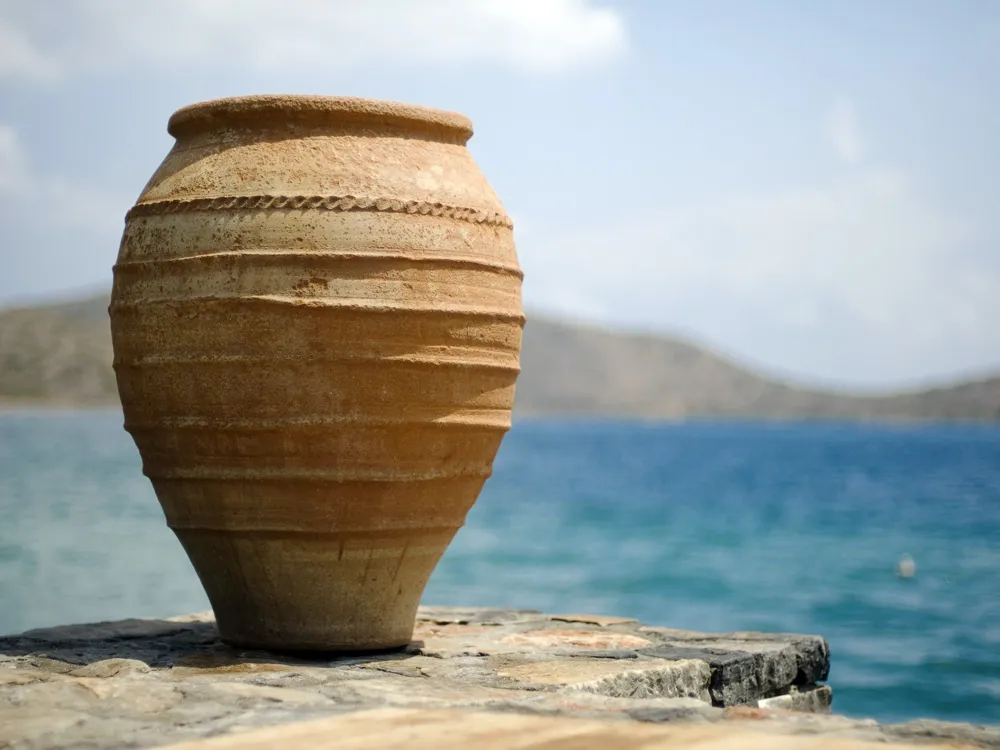
The Fort was constructed in 1629 in Chania to protect the Venetian harbour entrance from raiders. The building was used as the barracks of the Turkish army in Chania.
Theæaddition of Crete with Greece in 1913 was first celebrated at Firkas Fortress. The Turkish flag wasæbrought down and the flag of Greece was raised in its place, whereæit waves proudly ever since.æThe fortress has a panoramic view ofæChania and offers a photo opportunity for photographers. Until the previous century, under Firkas Fortress was the ñKerkelosî, the great iron ring whose one end was connected to harbour while other was attached to the lighthouse.
Read More
Frangokastello
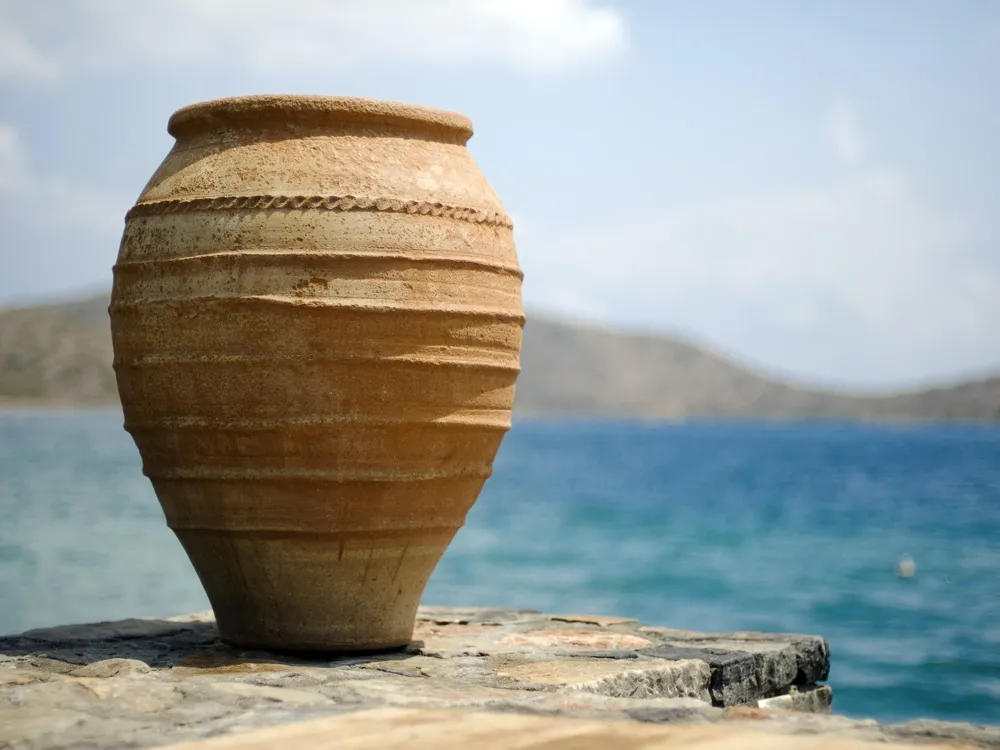
Frangokastello is a gorgeous seaside village in Chania on the southern coast of Crete. It is predominantly known for its magnificent 14th century Venetian castle and its sandy beach, which has shallow turquoise water. The beach is ideal for swimming for both adults and children, sunbathing, watching the sunset, and taking pictures of the surrounding mountains.
The area is also quite popular for Drosoulites or "dew men" that appear at dawn in May. These are mirages but are locally known as the ghosts of martyred soldiers. There are some remains of other historical structures found around Frangokastello too. Restaurants, taverns, bars etc., are scattered around the area, as are a few tourist accommodations. With the extensive sandy beach and low tourist industry, it is a hit among offbeat tourists. Tourist accommodation is scattered around the castle, but the area's relative remoteness has discouraged significant development. The castle was built by the Venetians in 1371-74 and was named St. Nikitas, after the nearby church. The castle has a simple rectangular shape, with a tower at each corner. The buildings within the walls and the battlements were constructed during the Ottoman Turkish occupation.
Read More
Heraklion Archeological Museum
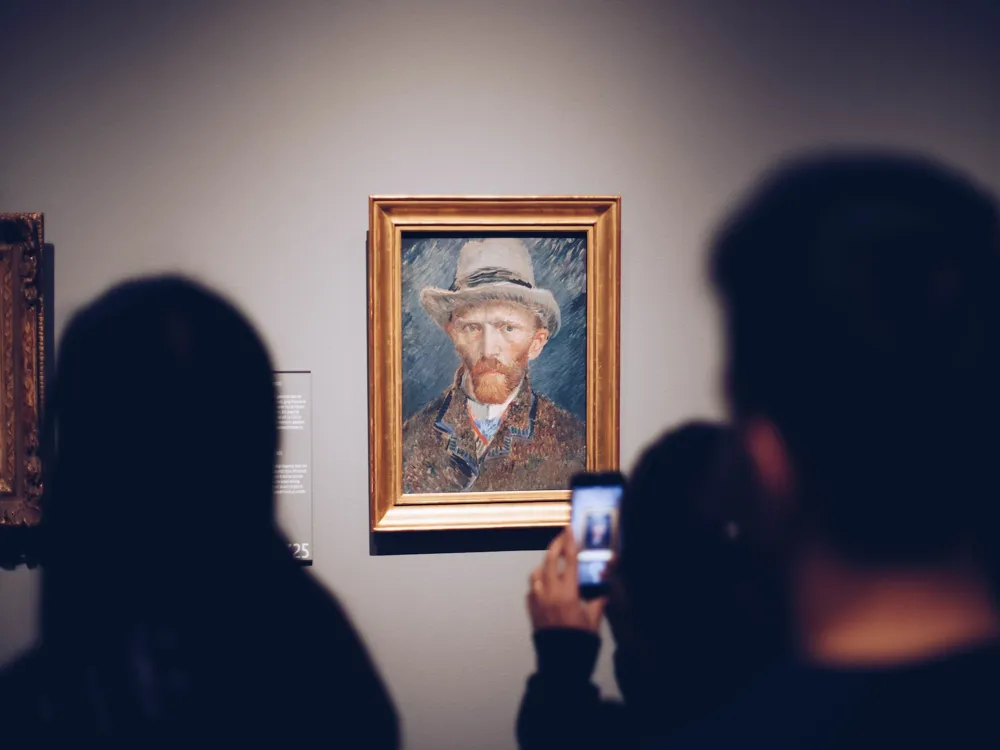
Heraklion Archeological Museum is situated in Heraklion and is dedicated to Minoan Civilization art. It contains the most notable collection of artefacts of the Minoan Civilization of Crete. It is among the most magnificent museum in Europe because it contains artefacts from the Neolithic period to Roman times.
The museum organizes temporary exhibitions in Greece and abroad, collaborates with universities, and houses a variety of cultural events.
Read More
Historical Museum of Crete
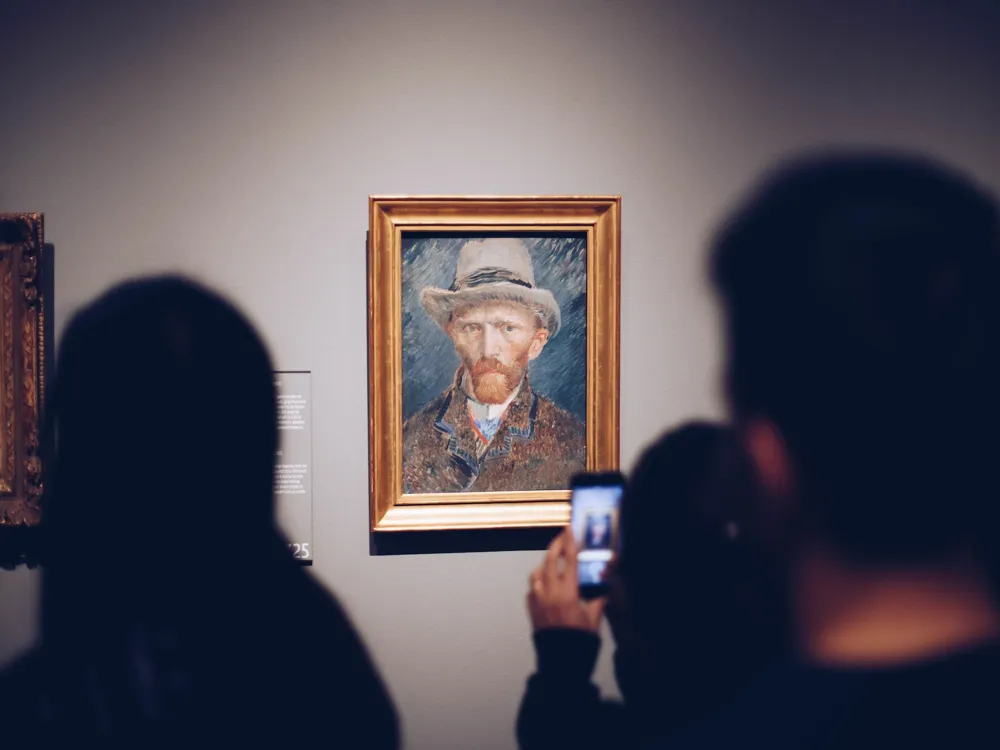
The Museum, founded by the society of Cretan Historical Studies, highlights Crete's collection of art and history from the 4th century AD up to the second world war. The museum's finest exhibits are two paintings by El Greco, born in Crete: The Baptism of Christ and View of Mount Sinai, the only works by the artist now on Crete.
Another outstanding exhibit is a replica of mid-17th century Heraklion, at the time when the city reached its peak under Venetian rule. The Nikos Kazantzakis Collection is particularly interesting, featuring the study and library from the author's home in Antibes, France, personal effects, manuscripts of his works, first editions of books in various languages, etc.
Read More
Knossos
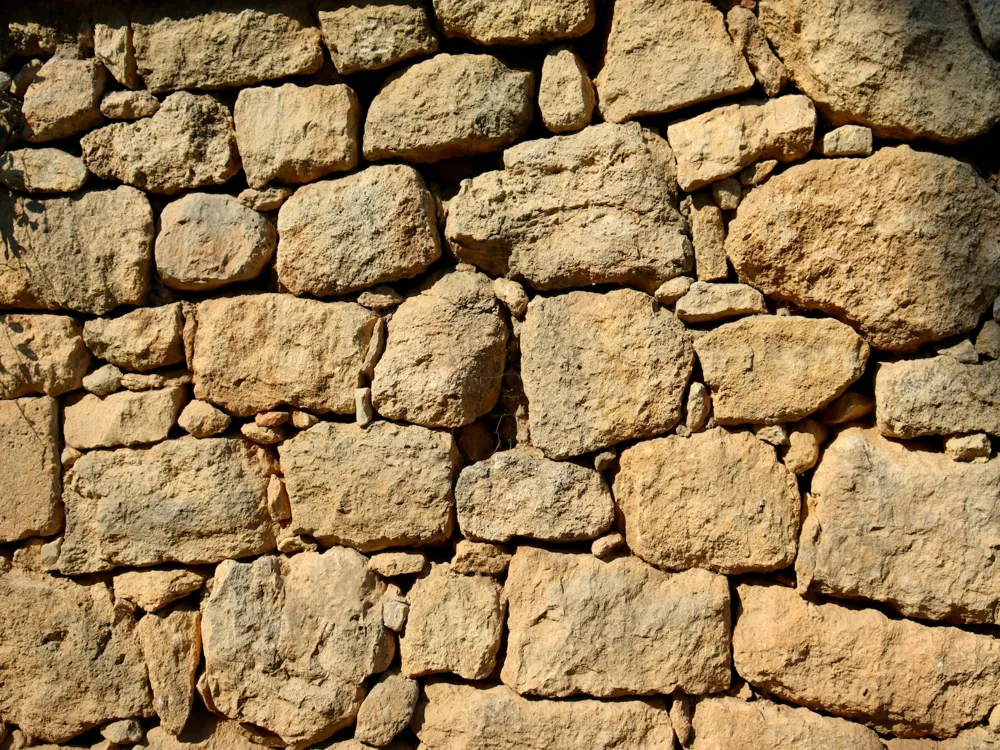
Knossos was the centre and capital of the Minoan civilization, which lay 5km south of Heraklion.
The west wing occupied rooms for administrative and religious activities, including the Tripartite Shrine, the Sacred Repositories, and the Pillar Crypts. The Throne Room is the most amazing structure amongst them, with its lustral basin and the gypsum throne abounded by benches. The most important areas in the south wing are the Corridor of the Procession, South Propylon, and the South Entrance, with the painting of the Prince of the Lilies. From the North Entrance, a road led to the harbour of Knossos. The North Entrance is flanked by elevated stoas, the one at the west being decorated with the Bull Hunt painting. The east wing contained the residential quarters, the most important being the Hall of the Double Axes and the Queen's Hall.
Read More
Crete Travel Packages
View All Travel Packages Crete
Nearby Places Crete
Browse Package Collections
Browse Hotel Collections











